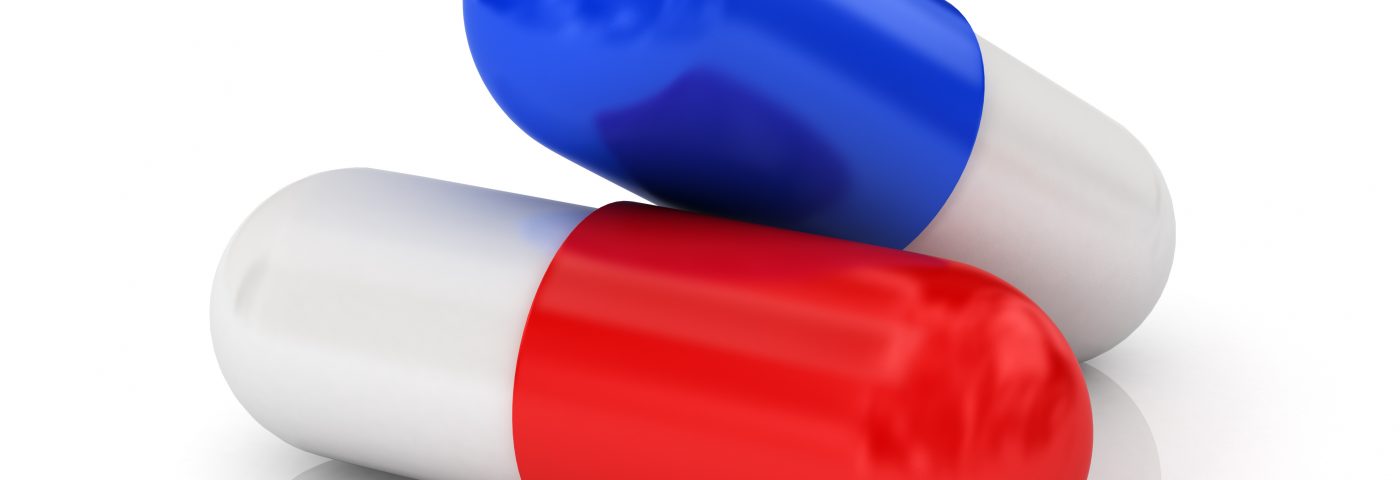A cost-effectiveness analysis of treatments for moderate to severe benign prostatic hyperplasia (BPH) in Nigeria, done from perspective of the social health service provider, favored the fixed-dose combination of dutasteride and tamsulosin therapy over dutasteride monotherapy.
The study, “A cost effective analysis of fixed-dose combination of dutasteride and tamsulosin compared with dutasteride monotherapy for benign prostatic hyperplasia in Nigeria: a middle income perspective; using an interactive Markov model,” was published in BMC Cancer.
Roughly 22.3 percent of Nigeria’s male population are diagnosed annually with BPH, a non-cancerous enlargement of the prostate gland, the authors noted. They explained that Nigeria’s national Social Health Insurance program was introduced about a decade ago to provide more universal coverage, making the cost implications of managing BPH, and adopt the most cost effective drug or drug combination, of national importance. The extent of coverage is still limited in Nigeria, a country with a 2012 Gross National Income per capita of $2,450, and some non-communicable diseases are not yet fully covered.
Also, Nigeria’s standard of treatment for BPH recently shifted from the combination therapy of tamsulosin and dutasteride to a fixed-dose combination of tamsulosin and dutasteride, both to reduce costs and improve compliance in long-term use. With the fixed dose, the patient takes only one tablet daily, compared with two tablets under the previous regimen. The available brand in Nigeria is Duodart (dutasteride 500 micrograms and tamsulosin HCl 400 micrograms) produced and marketed by GSK.
To calculate the cost effectiveness of Duodart as opposed to dutasteride alone, data from some 2.9 million men, all age 50 — an age at which BPH symptoms typically begin to appear, were reviewed, including the outcome measures: cost of drug treatment, consultation, acute urinary retention (AUR), transurethral resection of prostate (TURP), hospitalization post TURP, and quality adjusted life years (QALYs), incremental cost per life years gained, and incremental cost per QALY gained.
An interactive Markov’s model — a stochastic (random) process applied to solving complex partially observable problems — was chosen because BPH is a chronic condition with repeated clinical events. The model was used to generate incremental cost per QALY and incremental cost per life years gained, with data pertaining to men fed into the model.
Investigators concluded that the fixed-dose combination of dutasteride and tamsulosin (FDCT) produced an incremental cost-effectiveness ratio of $1,481.92 per quality adjusted for life-years saved, and was the most cost-effective treatment for long-term use by patients with moderate to severe BPH from the country’s perspective .
Sources:
BMC Cancer

